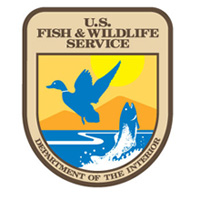Extensive research and field tests have been conducted on the islands, accompanied by lab testing and modeling by the Service and its partners, to ensure minimal risk to native wildlife. Efforts to minimize impacts to island resources include timing of implementation to avoid sensitive breeding periods and times when migratory wildlife are most abundant. The most acceptable time period for the eradication would be between early October, when seabird and pinniped breeding seasons have largely concluded, and the end of December before the first northern elephant seal pups are born. In addition, other actions to be implemented to minimizing risk include a hazing plan to protect gulls and other birds from exposure to potential risks, capture and hold or relocation of predatory birds, the use of bait stations in certain sensitive areas, and the use of specialized equipment and techniques to minimize the risk of bait drift into the marine environment. Additionally, the physical and chemical properties of the bait formulation, low water solubility of the rodenticide and strong chemical affinity of brodifacoum to the grain matrix significantly reduce the chance of rodenticide contaminating aquatic or marine environments.
25. What other mitigation and monitoring actions are being taken to ensure the Farallon Islands are protected?
© 2025 Restore the Farallones

